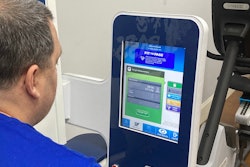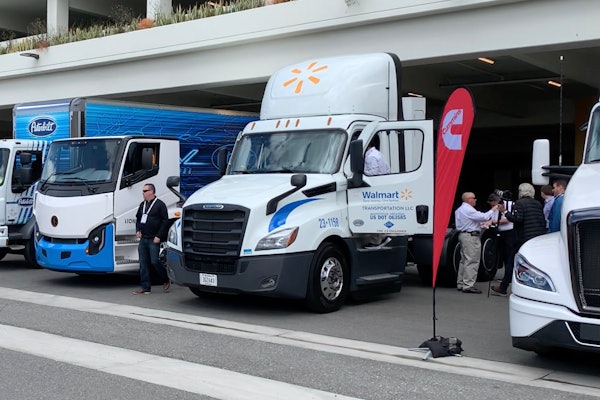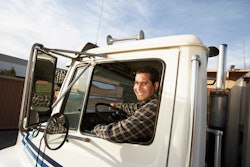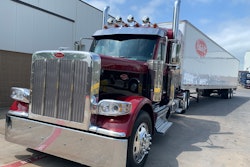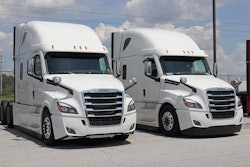On a recent visit to the Biltmore estate in Asheville, North Carolina, a retired trucker and current trolley driver told Jeff Seraphine he remembered holing up in his truck for three days without medicine waiting out the flu until he had enough strength to get back on the road because he didn’t have an accessible place to get healthcare.
Accessible healthcare is a challenge all truck drivers face as they live their nomad lifestyles, making them one of the unhealthiest populations in the U.S. Nashville-based Interstate Health Systems (IHS) is on a quest to eradicate that issue.
“(There are) lots of issues but the primary problem facing that group is just lack of access,” said Seraphine, CEO of IHS. “You have a lot of people that, once they get behind the wheel of a large truck, just lose access to health care. They spend a lot of their days in their truck, and a lot of these people don't get paid unless they keep that truck on the road.”
IHS recently broke ground on a health clinic near the Port Fuel Center in Port Wentworth, Georgia, and the Operational Health Center in Cookeville, Tennessee, recently joined IHS. Both locations are strategically situated in areas frequented by commercial drivers.
Seraphine said the company, which launched in November last year with a goal to create a dynamic network of primary care, urgent care and telemedicine services along the nation’s interstate highway system to make healthcare more accessible to the transportation industry, plans to open 300 locations across the U.S. over the next six years. With its initial funding in place, IHS will begin opening 60 clinics over the next two years.
Seraphine said several groups have tried to create better access to healthcare for drivers but weren’t successful. He said the answer is location.
“Where do truck drivers spend a lot of time? Where do they get off the road and congregate. … It's usually 30 minutes or 45 minutes outside of the big cities … It's not easy to maneuver and find places inside the bigger city so they tend to congregate outside in those smaller cities,” he said.


